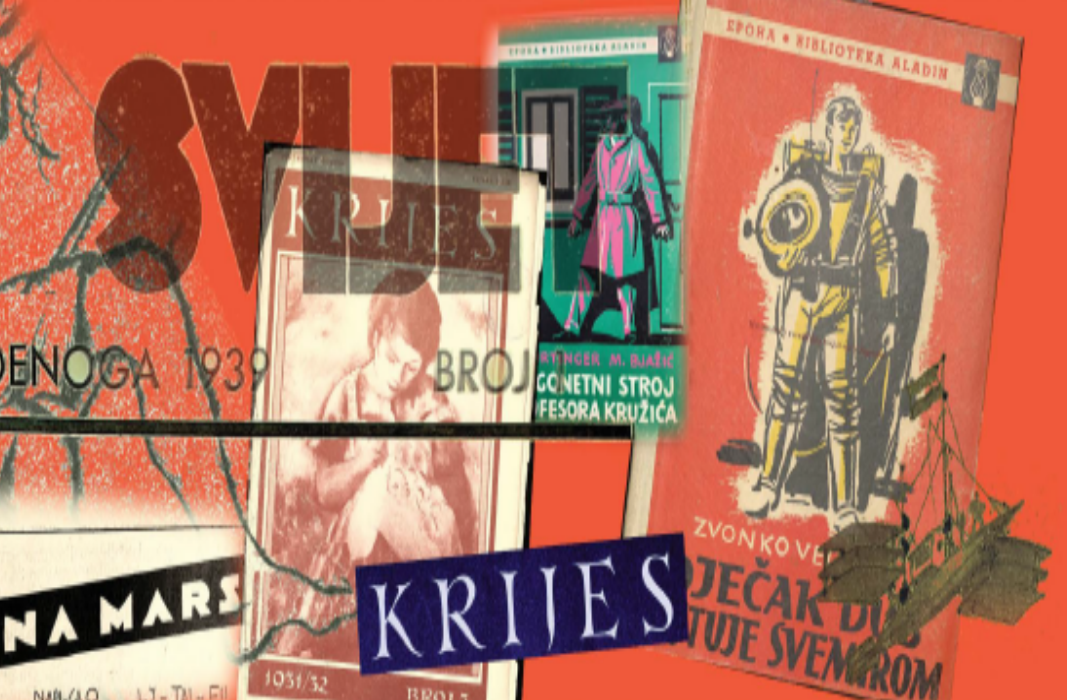Welcome to My Scholarship Blog!
Hi everyone,
Thank you for checking out the blog! The purpose of this blog is to update you on my scholarship. Updates will come in the form of short posts per scholarly product, meant to give you a sense of its aim(s) and core idea(s). When relevant, links to either a source or its reference will be provided. For topical shortcuts, check out the tags below.
Superheroes and Children’s Moral Understanding (2023)
The potential benefits of using superhero media as a context to study older children’s more interpretive or constructivist view of the mind may include familiar characters, the consistency of morally relevant considerations, and the frequent comparison of superheroes and supervillains across contexts that parallel those within children’s social worlds.
Capes, Conflict, and Co-Viewing (2021)
These discussions may stimulate children’s understanding of the events observed in superhero narratives and conceptual associations between these fictional events and everyday events they experience or witness.
Black Panther (2021)
Given the prevalence of superhero media and the general consistency between (1) increasing sociomoral capacities (as implicated in SDT-related findings)...and (2) the broadening of social life contexts inherent within the Washington State’s Grade Level Expectations for Social Studies…, films like Black Panther (2018) that readily portray characters expressing diverse viewpoints may assist educators in their goals of fostering the development of thoughtful, considerate, and respectful citizens.
Narratives, Superheroes, and Children (2020)
In essence, these studies show that youth can understand and articulate their experiences as perpetrator and victim, and as those who help and those who harm; especially as they get older. However, they sometimes have difficulty considering: (1) emotions associated with and (2) multiple perspectives within those experiences. Such findings present an opportunity for superhero content creators to rethink how they use characterizations and plot points to broach moral concepts for their audience, particularly children and adolescents. Parents may also use these superhero narratives as a potential aid with their youth’s development of these sociomoral concepts.
X-Men and Children’s Literacy (2020)
Dyson’s (1997) examination of the way children use superhero cartoons in their literacy practices to actively engage in their social worlds has implications for the potential use of superhero cartoons like X-Men to stimulate children’s sociomoral thinking. If we assume that children are capable of attending to various features of social interactions in ways that conceptually alter the meaning of events (Smetana & Jambon, 2018; Turiel, Killen, & Helwig, 1987; Wainryb, 2006), then cartoons like X-Men—with its myriad characters and multifaceted portrayals of harm (violence) and fairness (discrimination) issues—may be uniquely suited for such an endeavor.
U.S. Children’s Attitudes Toward Superheroes (2007)
Children may be drawn to superheroes not just because of their powers, but also because of the behaviour they promote. Therefore, a way to learn more about a child or student may be to learn about which superheroes they identify with and why.






